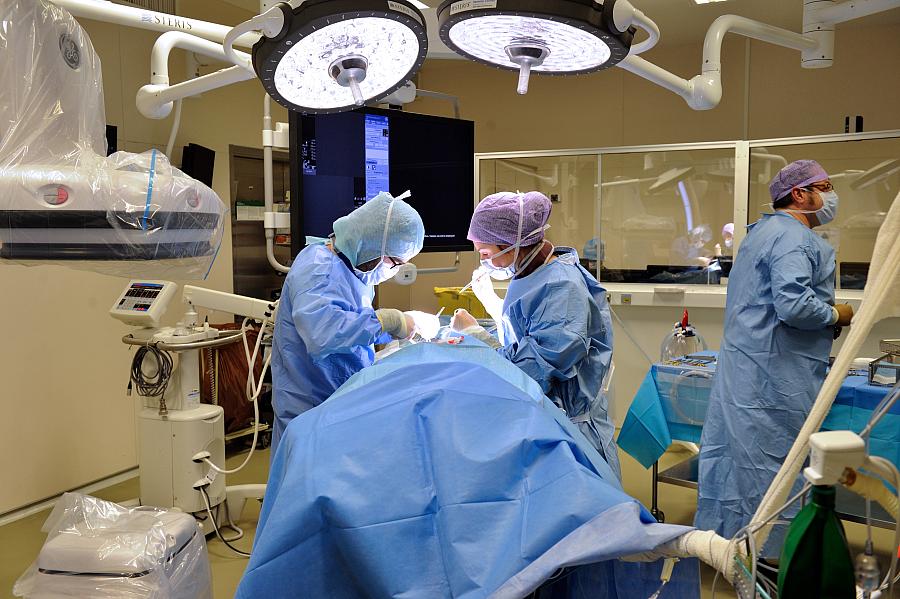Patient feedback is a useful way to gauge quality of care, but it’s not perfect

Photo: Philippe Huguen/Getty Images
As we have discussed before, we have serious concerns about the “quality” movement. Many of the measures selected for quality measurement were chosen because they are easy to collect and standardize, not because they reflect the true value of care. Moreover, because all patient populations differ, the “one size fits all” approach may incentivize care aimed at improving quality scores at the expense of what our patients most need. For these reasons, we have promoted a shift to quality measures that more directly reflect the goals and values of our patients such as patient experience scores, though even these measures may be subject to misinterpretation.
Last month, in a widely circulated JAMA article, a group of clinicians from the Eastern Colorado VA Health Care System described one such effort aimed at measuring what patients value directly. While we think their effort is an important step in the right direction, important details remain to be worked out.
As background, cardiologists often treat patients with blocked coronary arteries by inserting metal stents to open up the arteries. While the procedure may be life-saving for those experiencing a heart attack, it is more controversial among patients with stable blockages. In a seminal study known as the COURAGE trial, the procedure failed to prevent heart attacks or death among those with stable blockages. Still, the procedure may provide some modest short-term improvement in chest pain symptoms.
Despite these lackluster results, the procedure is performed at astounding rates in the U.S. According to the new JAMA article, nearly 200,000 Medicare patients with stable coronary blockages received the procedure in 2008.
To determine whether these stent procedures were providing value, the VA health care system decided to ask patients directly. To do this, they developed software that automatically triggers telephone surveys of patients receiving stents immediately prior to the procedure and at one and six months afterwards. The surveys assess chest pain symptoms and quality of life.
So far, patients have demonstrated a moderate willingness to complete these telephonic surveys. As of March 2016, 34 percent of patients completed the pre-procedure telephone survey assessment at one pilot site — that is substantially higher than a previous effort in which clinical staff attempted to collect this information. The authors report that they are already using the pre-procedure survey results to identify patients with only mild symptoms who are unlikely to benefit from the stenting procedure. They also plan to use the feedback to notify clinicians when patients report declines in their health. And eventually, they plan to use the data to assess the overall value of the VA stent program.
While at first blush these all seem like laudable goals, we fear unintended consequences of this approach. Most notably, the data could be used to justify inappropriate procedures. We know from previous research, including the COURAGE trial, that many patients with coronary blockages improve over time, even without intervention. What if VA clinicians interpret improvements in patients’ post-surgery reports as evidence that the procedure worked when in fact similar improvements may have occurred even without intervention? Patients receiving stenting procedures may be particularly likely to report improvements due to the “placebo effect,” i.e. a sense of improvement resulting from patients’ favorable expectations regarding the procedure.
Another potential concern is that notifying primary care providers when patients report declines in their health using automated survey tools could trigger false alarms. Indeed, many home telemonitoring programs have experienced such problems.
In theory, we wholeheartedly support the concept of re-focusing quality monitoring and improvement efforts directly on the feedback from our patients. But because of the mishaps we’ve witnessed from previous quality monitoring efforts, we believe it will be essential to consider all consequences, both intended and unintended, before implementing programs like this on a broad scale.



